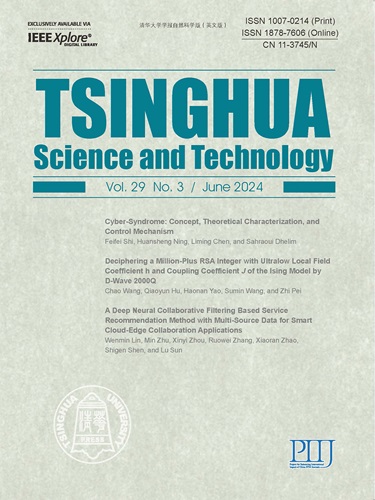Bilevel Optimal Infrastructure Planning Method for the Inland Battery Swapping Stations and Battery-Powered Ships
IF 6.6
1区 计算机科学
Q1 Multidisciplinary
引用次数: 0
Abstract
Green shipping and electrification have been the main topics in the shipping industry. In this process, the pure battery-powered ship is developed, which is zero-emission and well-suited for inland shipping. Currently, battery swapping stations and ships are being explored since battery charging ships may not be feasible for inland long-distance trips. However, improper infrastructure planning for battery swapping stations and ships will increase costs and decrease operation efficiency. Therefore, a bilevel optimal infrastructure planning method is proposed in this paper for battery swapping stations and ships. First, the energy consumption model for the battery swapping ship is established considering the influence of the sailing environment. Second, a bilevel optimization model is proposed to minimize the total cost. Specifically, the battery swapping station (BSS) location problem is investigated at the upper level. The optimization of battery size in each battery swapping station and ship and battery swapping scheme are studied at the lower level based on speed and energy optimization. Finally, the bilevel self-adaptive differential evolution algorithm (BlSaDE) is proposed to solve this problem. The simulation results show that total cost could be reduced by 5.9% compared to the original results, and the effectiveness of the proposed method is confirmed.内陆电池交换站和电池动力船舶的双层优化基础设施规划方法
绿色航运和电气化一直是航运业的主要话题。在这一过程中,开发了纯电池动力船舶,这种船舶零排放,非常适合内河航运。目前,人们正在探索电池交换站和船舶,因为电池充电船舶在内陆长途旅行中可能并不可行。然而,电池交换站和船舶的基础设施规划不当会增加成本,降低运营效率。因此,本文提出了一种针对电池交换站和船舶的双层优化基础设施规划方法。首先,考虑航行环境的影响,建立电池更换船的能耗模型。其次,提出一个双层优化模型,使总成本最小化。具体来说,上层研究电池交换站(BSS)的位置问题。在下层研究了基于速度和能量优化的各电池交换站和船舶的电池尺寸优化以及电池交换方案。最后,提出了双层自适应差分进化算法(BlSaDE)来解决这一问题。仿真结果表明,与原始结果相比,总成本可降低 5.9%,证实了所提方法的有效性。
本文章由计算机程序翻译,如有差异,请以英文原文为准。
求助全文
约1分钟内获得全文
求助全文
来源期刊

Tsinghua Science and Technology
COMPUTER SCIENCE, INFORMATION SYSTEMSCOMPU-COMPUTER SCIENCE, SOFTWARE ENGINEERING
CiteScore
10.20
自引率
10.60%
发文量
2340
期刊介绍:
Tsinghua Science and Technology (Tsinghua Sci Technol) started publication in 1996. It is an international academic journal sponsored by Tsinghua University and is published bimonthly. This journal aims at presenting the up-to-date scientific achievements in computer science, electronic engineering, and other IT fields. Contributions all over the world are welcome.
 求助内容:
求助内容: 应助结果提醒方式:
应助结果提醒方式:


